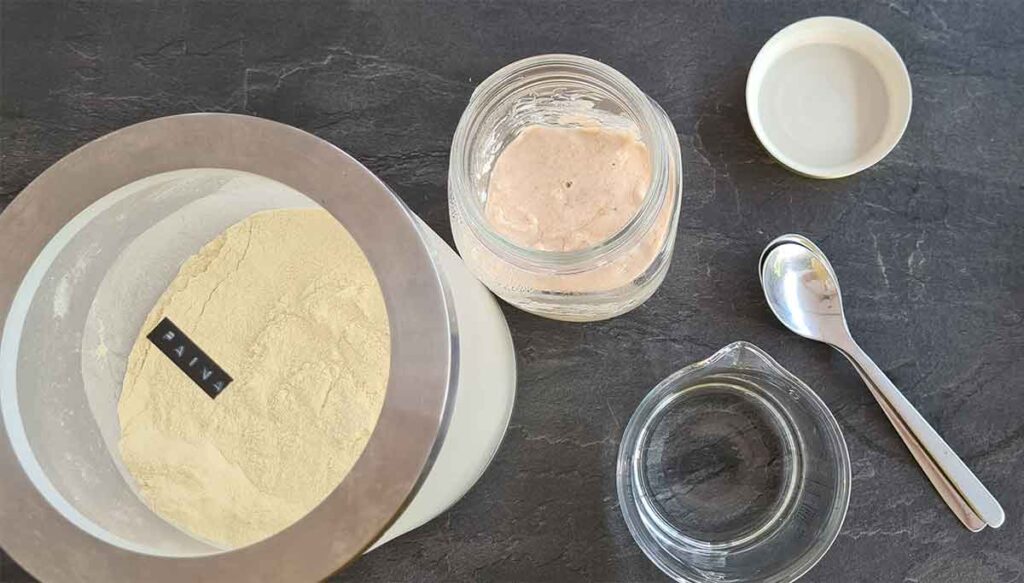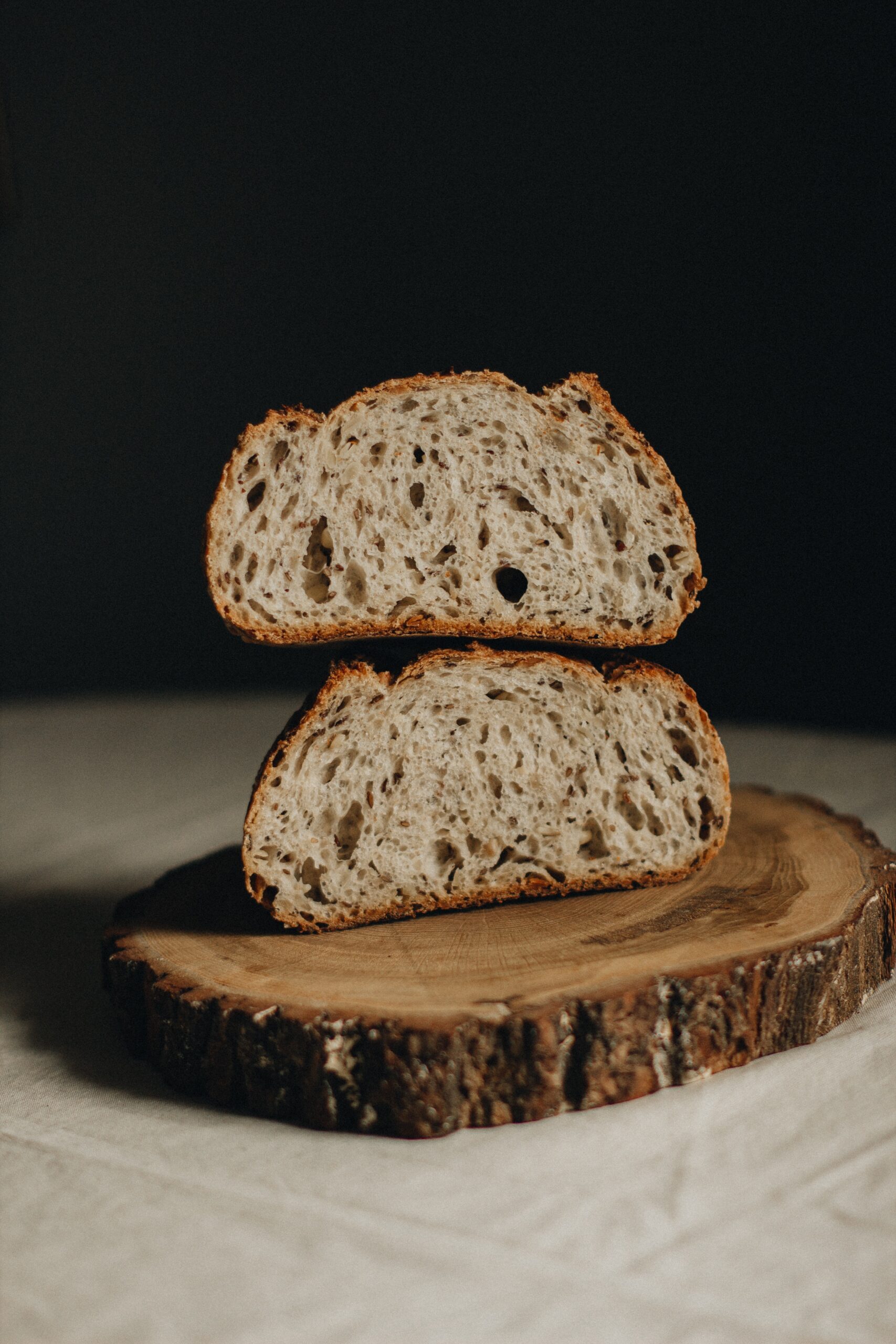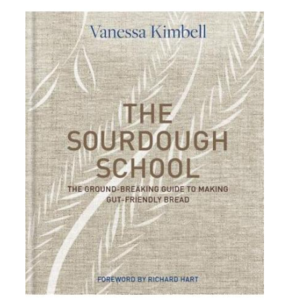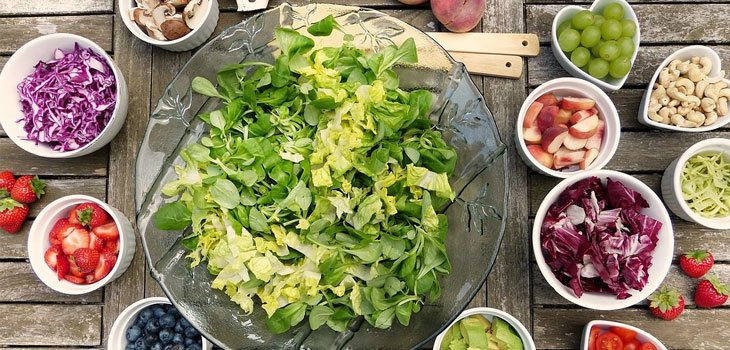What is a leaven and how to make it | Sourdough Basics

Are you new to sourdough baking? Find out more about the process, from how to make your own sourdough starter to what is a leaven and how to use it for the best sourdough breads ever!
Check out the other parts of the Sourdough Basics guide: How to make your own sourdough starter and What is sourdough.
Contents:
- What is a leaven?
- When should you make a leaven?
- Ambient method for making a leaven
- Retarded method for making a leaven
- Why you should only use fresh leaven
- How to test your leaven
What is a leaven?
Generally speaking, a leaven (or levain or levain starter) is a rising agent (such as yeast, baking soda, or baking powder), that will make your dough rise. It’s also used to make sourdough bread if you don’t want to use a pinch of sourdough starter directly – you make a leaven instead.
In short, the leaven is the first step in sourdough baking – when you take a bit of sourdough starter and mix it with water and flour to ferment. It’s also what gives a loaf its characteristic tanginess!
When should you make a leaven?
You’ll make a leaven as the very first step when making a sourdough starter bread recipe or any other baking recipe that implies sourdough. In this case, the leaven will basically be the starter combined with water and flour – it’s exactly like feeding your sourdough starter! After the 8-hour fermentation process, this fresh leaven will be used to make the dough.

Ambient method for making a leaven
The ambient method for making a leaven is, in short, the process I explained above:
- Take a few tablespoons of starter from the fridge and let it reach room temperature for at least 3 hours;
- Add warm water (28 C) and flour to your starter to create the leaven.
- Let this mixture sit for around 8-12 hours at room temperature (or ambient temperature, hence the name) to ferment – this process is called the autolyze.
- After this period, your leaven is ready to be used for bread dough!
Retarded method for making a leaven
The retarded method is a slower way to make the leaven. The name comes from the fact that the flour and water mixture (called the sponge) is left to ferment for longer – this is ideal if you want to bake your bread at a later time.
This method is done by refrigerating your dough during the initial rise (when you make your dough) or the final rise (after you shaped your loaf). The retarded method will also add a richer flavor to your bread.

Why you should only use fresh leaven
All leaven is a living organism made of yeast and bacteria – and it only has a limited life! After you mix your starter with water and flour and leave it to ferment, you get your leaven. The resulting leaven is best used right after fermentation – that’s when you’ll get the most flavor, texture, and nutrients for your bread.
How to test your leaven
You can test your leaven using the float test.
Here’s how to do it: fill a bowl with water (at room temperature!), then scoop a small amount of leaven (one teaspoon is enough) and place it into the water. If it floats, it means that it has enough air bubbles and it’s ready to be used. If it sinks, you must leave it to ferment a bit more or wait for the next feeding. Easy peasy!
Recommended sourdough books for beginners
My go-to book for everything sourdough is ‘The sourdough school’ by Vanessa Kimbell. This book contains all the essential knowledge you’ll ever need on the subject, including how to choose the best jar for a sourdough starter, what to do if your sourdough starter’s not rising and some of the best sourdough starter uses!
This is, in fact, the book that made me fall in love with sourdough and artisan baking!
If you make this, please leave a review and rating if you liked this recipe! ★★★★★







